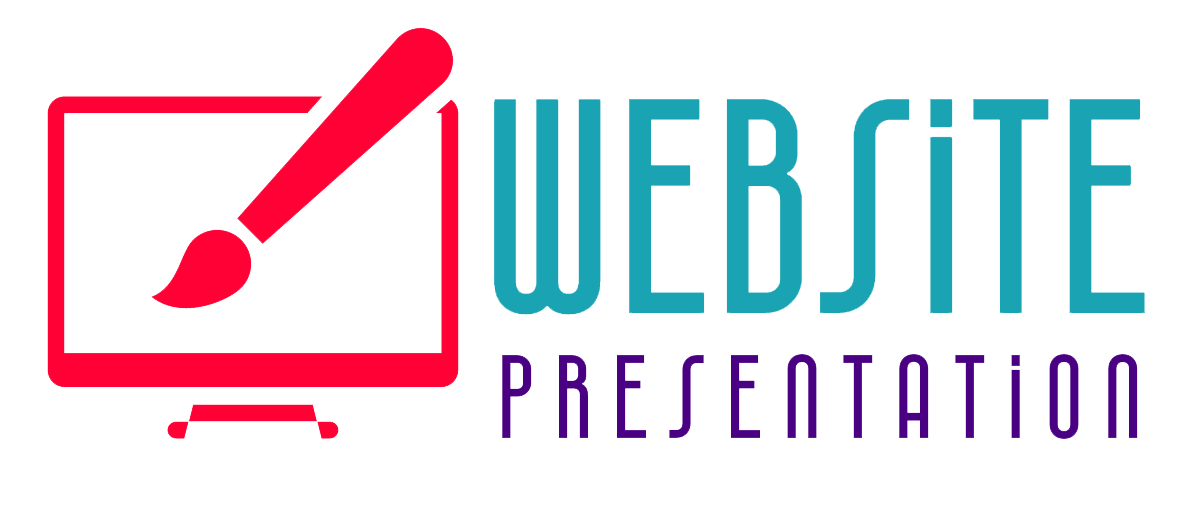In today’s digital age, where attention spans are shorter than ever and competition is fierce, having a fast-loading website is crucial for online success. As web designers, it is essential to prioritize website speed alongside aesthetics and functionality. Here, we will explore various techniques that can significantly enhance website speed, ensuring your designs not only look great but also provide a seamless user experience.
1. Optimize Image Size
Images are an integral part of any website, but they can also be one of the primary culprits for slow-loading pages. To combat this, always optimize images by compressing them without compromising on quality. Tools like Adobe Photoshop, TinyPNG, and Squoosh can help reduce file sizes effectively. Additionally, consider using modern image formats like WebP, which offer better compression and faster loading times.
2. Minify CSS and JavaScript
Another technique to improve website speed is to minify CSS and JavaScript files. Minification involves removing unnecessary characters from the code, such as white spaces, comments, and line breaks, resulting in smaller file sizes. Utilize automated tools like CSSNano and UglifyJS to streamline this process and boost loading times.
3. Utilize Caching
Caching involves storing frequently accessed data, such as HTML pages and images, in a cache memory, reducing the need for repeated requests to the server. Implementing browser caching and server-side caching can significantly improve website speed. Consider using plugins like WP Rocket, W3 Total Cache, or LiteSpeed Cache, depending on your platform, to enable caching effortlessly.
4. Enable Gzip Compression
Gzip compression is a technique that reduces file sizes by compressing them before sending them to the user’s browser. Enabling Gzip compression can significantly decrease the time it takes to transfer files and speed up website loading. Most web servers support Gzip compression, and you can configure it through server settings or plugins like Check and Enable GZIP Compression.

5. Optimize Code
Optimizing your website’s code is an essential step in enhancing website speed. Ensure that your HTML, CSS, and JavaScript code is clean, concise, and follows best practices. Remove any unnecessary code, comments, or unused libraries. Consider using tools like Google PageSpeed Insights or GTmetrix to analyze and identify areas for code optimization.
6. Use Content Delivery Networks (CDNs)
CDNs are a network of servers distributed globally, allowing content to be delivered to users from the server nearest to their location. By utilizing CDNs, you can reduce latency and speed up website performance. Popular CDNs like Cloudflare, CloudFront, and MaxCDN can seamlessly integrate with your website and deliver content faster to your target audience.
7. Reduce HTTP Requests
Each element on a webpage, such as images, stylesheets, and scripts, requires an HTTP request to load. The more requests made, the longer it takes for the page to load. Minimize the number of HTTP requests by combining CSS and JavaScript files, using image sprites, or utilizing inline CSS and JavaScript when appropriate. This will significantly improve website speed.
8. Optimize Database Queries
If your website relies on a database, optimizing your database queries can greatly improve website speed. Ensure that your queries are properly indexed, avoid fetching unnecessary data, and consider caching frequently accessed database queries to minimize the load on your server.

9. Implement Lazy Loading
Lazy loading is a technique that delays the loading of non-critical content, such as images or videos, until the user scrolls to that section. By implementing lazy loading, you can reduce the initial page load time and improve the perceived speed of your website. This technique is especially useful for websites with long-scrolling pages or image-heavy content.
10. Eliminate Render-Blocking Resources
When a web page is loading, render-blocking resources such as JavaScript and CSS files can delay the rendering of the page. This delay can lead to a poor user experience and lower search engine rankings. By removing or deferring the loading of these resources, the web page can load faster and improve overall performance. This technique involves optimizing the order in which resources are loaded, as well as utilizing techniques like asynchronous loading and minification.
11. Mobile Optimization
With the majority of internet users accessing websites through their mobile devices, it is essential to ensure that websites are optimized for mobile viewing. By optimizing a website for mobile devices, it is possible to reduce the loading time and improve the overall user experience. This can be achieved through various methods such as responsive design, optimizing images, and reducing unnecessary code.
The Bottom Line
In the world of web design, prioritizing website speed is no longer an option but a necessity. By implementing these techniques, you can enhance the performance of your websites, ensuring they load quickly, engage users effectively, and boost your client’s online presence. Remember, a fast-loading website not only improves user experience but also positively impacts search engine rankings, conversion rates, and overall business success. So, make website speed a top priority, and watch your designs flourish in the digital realm.







